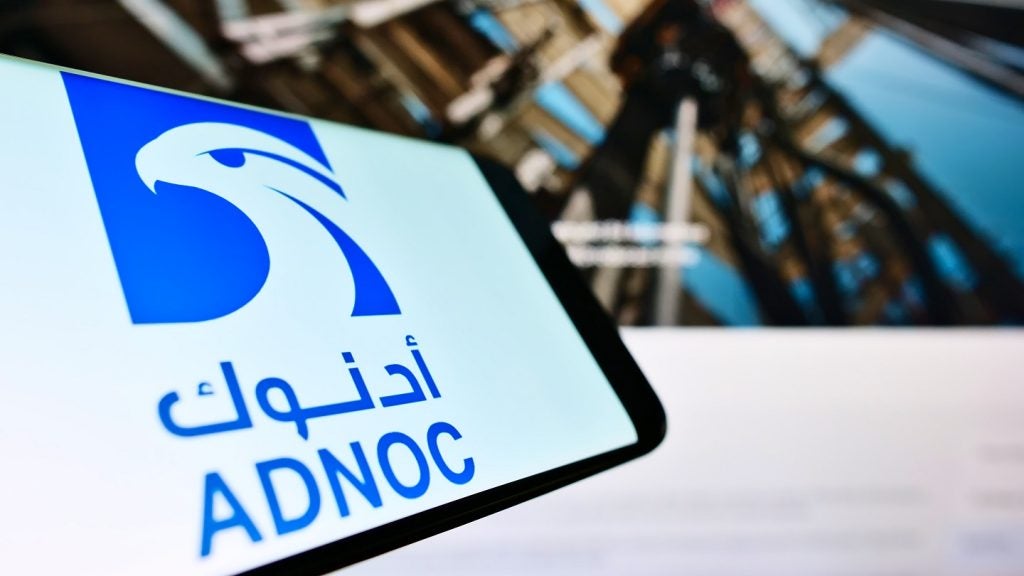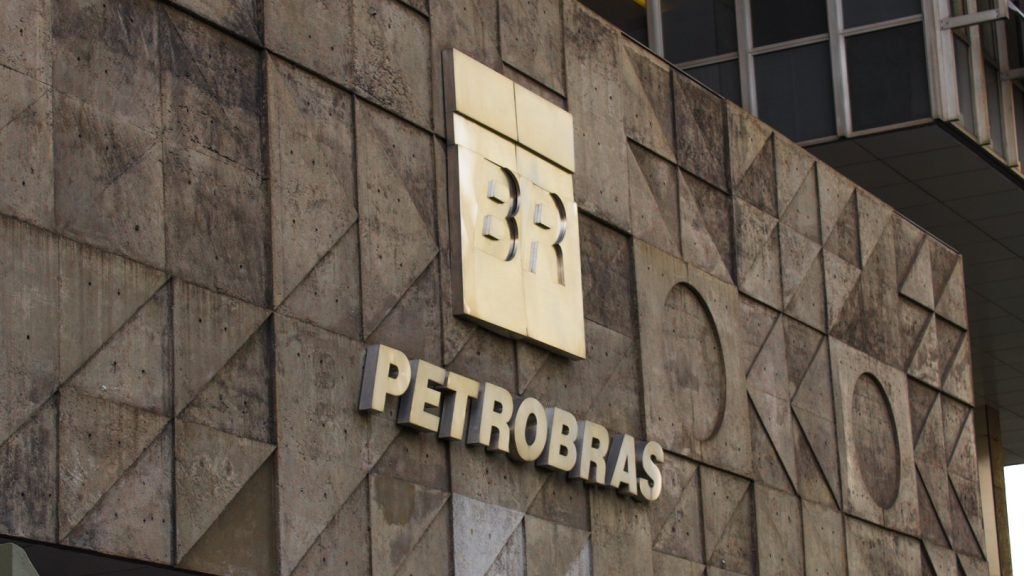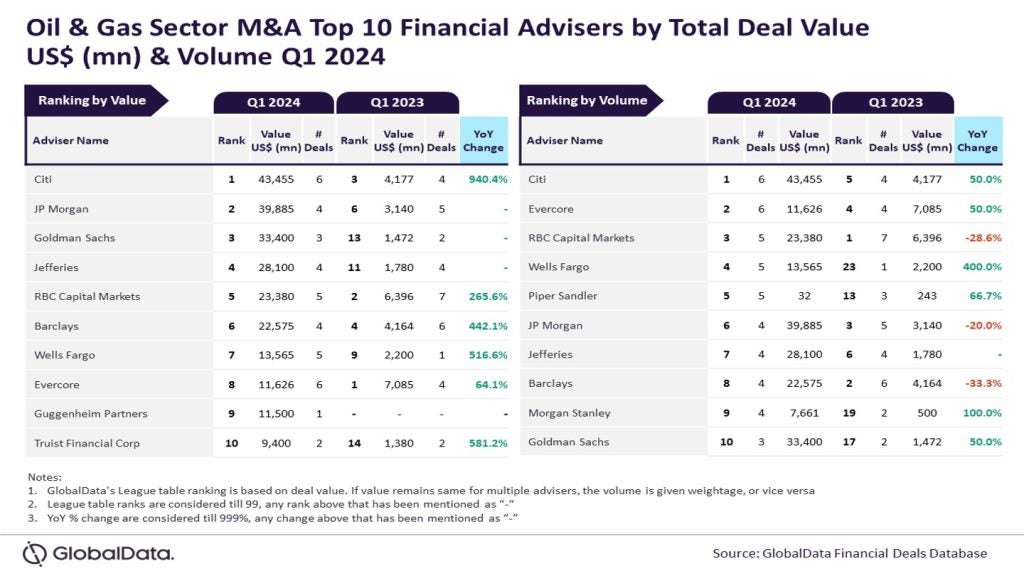Osaka Gas has filed a patent for a catalyst that can be used in the production of optically active reduction products through asymmetric reduction reactions of organic compounds. The catalyst contains activated carbon adsorbed with a ruthenium complex, which exhibits high reusability and reduces the amount of residual metals in the reaction liquid. The patent claims the specific formula and structure of the ruthenium complex used in the catalyst. GlobalData’s report on Osaka Gas gives a 360-degree view of the company including its patenting strategy. Buy the report here.
According to GlobalData’s company profile on Osaka Gas, Reformer integrated fuel cells was a key innovation area identified from patents. Osaka Gas's grant share as of September 2023 was 16%. Grant share is based on the ratio of number of grants to total number of patents.
Catalyst for reducing residual metals in organic compound reactions
A recently filed patent (Publication Number: US20230285945A1) describes a catalyst for various reduction reactions. The catalyst consists of activated carbon adsorbed with a ruthenium complex, represented by a specific chemical formula. The ruthenium complex contains a ruthenium atom, nitrogen atom, sulfur atom, and oxygen atom, along with various other functional groups. The catalyst can be used in the reduction of organic compounds, carbonyl compounds, and imine compounds to produce reduction products, optically active alcohols, and optically active amines, respectively.
The patent claims specify different variations of the catalyst, including the formation of a cross-linking site between specific groups in the ruthenium complex. The patent also mentions the specific chemical structures of the alkyl, aryl, and cycloalkane groups that can be present in the catalyst. Additionally, the patent provides information on the mass percentage of the ruthenium complex in the activated carbon and the specific surface area of the activated carbon.
The patent further describes methods for producing reduction products, optically active alcohols, and optically active amines using the catalyst. These methods involve the reduction of various functional groups in the presence of the catalyst and a hydrogen donor. The patent lists several examples of suitable hydrogen donors, including formic acid, alkali metal formate, certain alcohols, and hydrogen gas.
Overall, this patent presents a catalyst comprising activated carbon adsorbed with a ruthenium complex, along with various methods for using the catalyst in reduction reactions. The patent provides detailed information on the chemical structure of the catalyst, variations in its composition, and the specific conditions required for the reduction reactions.
To know more about GlobalData’s detailed insights on Osaka Gas, buy the report here.
Premium Insights
From

The gold standard of business intelligence.
Blending expert knowledge with cutting-edge technology, GlobalData’s unrivalled proprietary data will enable you to decode what’s happening in your market. You can make better informed decisions and gain a future-proof advantage over your competitors.






